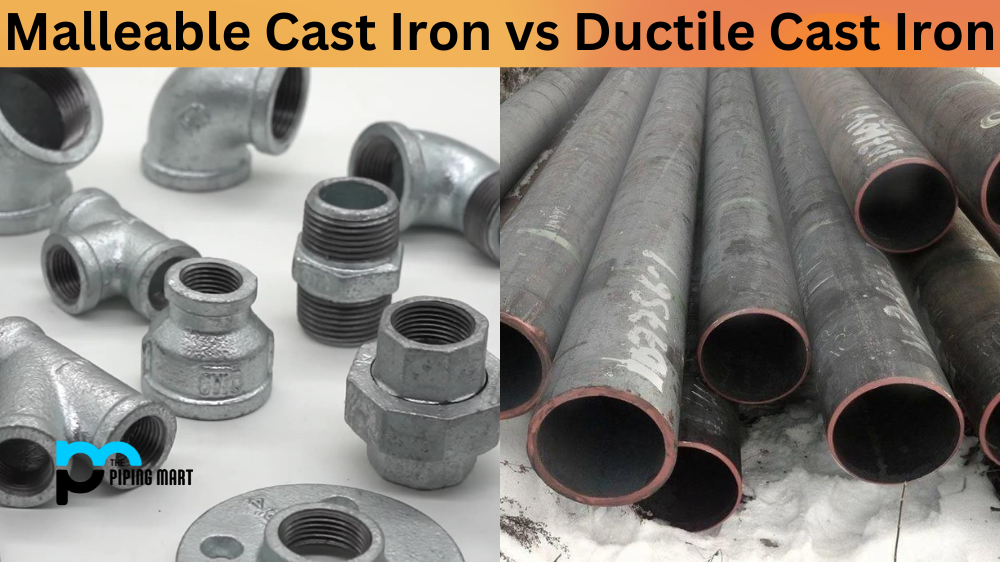When selecting the right material for a project, choosing the right type of cast iron can make a significant impact. The two most popular types of cast iron available in the market are malleable cast iron and ductile cast iron. While they may look the same, they have significant differences in their properties and applications. This blog post aims to help you understand the difference between these two materials and the factors to consider when choosing the right one for your project.
What is Malleable Cast Iron?
Malleable cast iron refers to a type of cast iron that has been heated slowly to a specific temperature and then allowed to cool in an oven called an annealing oven. This process helps to create a more ductile form of cast iron, which means it can be bent, twisted, and stretched more easily than other types of cast iron. This material is ideal for applications that require good machinability, such as in manufacturing nuts, bolts, and pipe fittings.
Malleable cast iron has high strength, toughness, and good wear resistance, making it suitable for industrial applications such as machinery, pumps, and valves. It is also corrosion-resistant, making it ideal for outdoor applications. Moreover, malleable cast iron can be welded and cut easily, providing more flexibility in usage.
What is Ductile Cast Iron?
Ductile cast iron, also known as nodular iron or spheroidal graphite iron, is a cast iron that has been chemically altered by adding nodules such as magnesium and cerium. This process changes the microstructure of the iron, giving it a more spherical or nodular shape, which makes it more ductile. Ductile cast iron has superior strength and toughness, making it ideal for applications that require high load-bearing capacity, such as in the automotive and construction industries.
Difference Between Malleable Cast Iron and Ductile Cast Iron
Compared to malleable cast iron, ductile cast iron has better fatigue properties, higher yield strength, and better heat resistance, making it suitable for applications that require high temperatures. Ductile cast iron is also less brittle under impact conditions, so it can withstand more stress without cracking, making it ideal for shock absorption applications.
Factors to Consider
When choosing between malleable and ductile cast iron, there are several factors to consider. These include strength, wear resistance, machinability, corrosion resistance, and cost. If your project requires high strength and toughness, especially in high-temperature environments, ductile cast iron could be the better option. However, if your project requires good machinability, malleable cast iron may be a better choice.
Furthermore, if you want a cast iron material that can be easily welded and cut, then malleable cast iron would be an ideal choice. Malleable iron may be a better option if you need a corrosion-resistant material. Finally, cost is also an essential factor to consider. Malleable cast iron is generally a more cost-effective option than ductile cast iron.
Conclusion
In conclusion, malleable and ductile cast iron has unique properties, advantages, and disadvantages. Malleable cast iron is more ductile and has excellent machinability, while ductile cast iron has superior strength and toughness in high-temperature environments. It is essential to consider the specifications and requirements of your project carefully to choose the right material. Doing so will make your project more efficient and cost-effective in the long run. We hope this article clarifies the difference between malleable and ductile cast iron and assists you in selecting the right material needed.

Meet Bhavesh, a seasoned blogger with a wealth of knowledge and experience. From metal products manufacturing to retail, Bhavesh has a diverse background in various industries and is dedicated to sharing his insights and expertise with readers.




